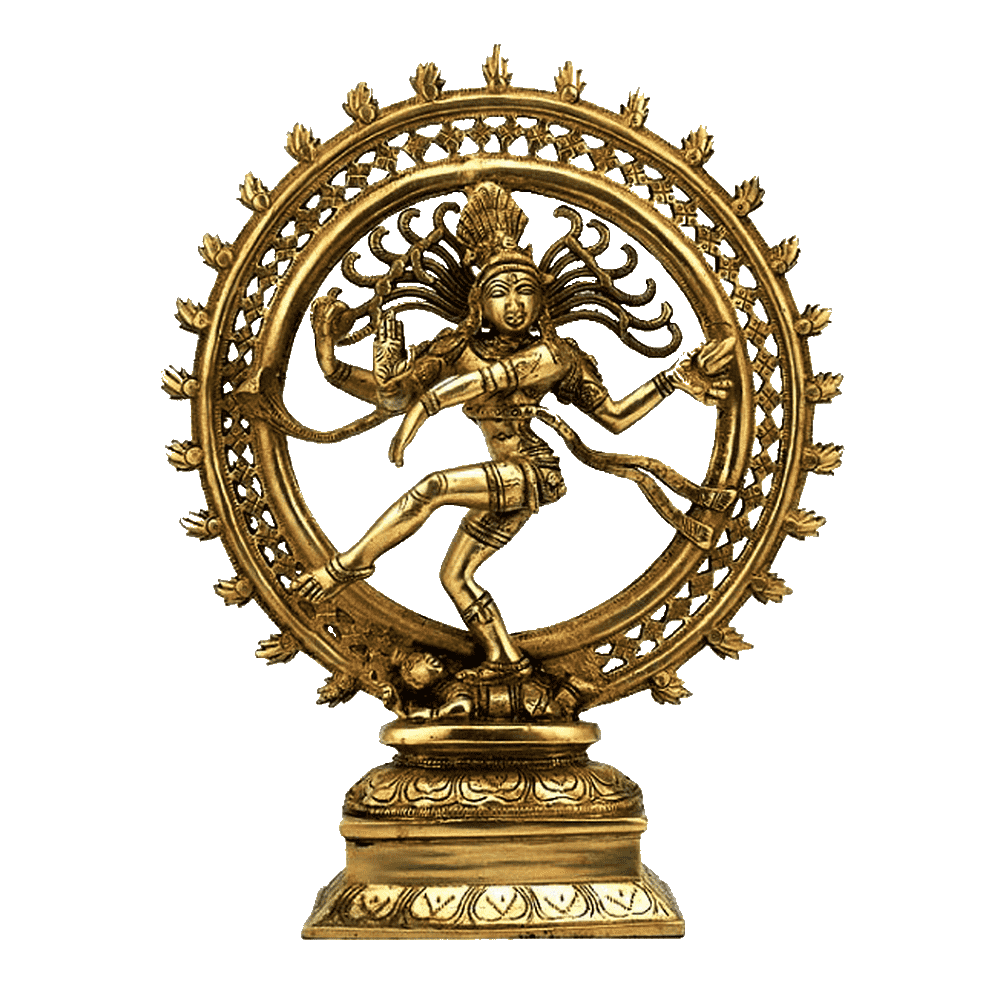
Nirvāṇa Tantra
Guiding Seekers on the Path of Spiritual Emancipation and Liberation
Introduction:
The Nirvāṇa Tantra holds profound significance within the Śākta – Kālī traditions of Hinduism, as it revolves around the central theme of liberation (nirvāṇa). This sacred text imparts essential teachings and practices for spiritual seekers on their journey towards emancipation and ultimate liberation from the cycle of birth and death.
Liberation:
The Core Essence of Nirvāṇa Tantra: The Nirvāṇa Tantra is devoted to the concept of liberation, which signifies the attainment of freedom from the cycle of reincarnation (samsara). This state of liberation is the ultimate goal of spiritual seekers, leading to self-realization and unity with the divine.
Embracing Spiritual Emancipation:
The Tantra guides seekers on how to transcend the constraints of worldly attachments and desires. By renouncing ego, ignorance, and material cravings, devotees open themselves to the spiritual realms and prepare for the journey towards liberation.
Inner Transformation through Practices:
The Nirvāṇa Tantra presents various practices that aid in the seeker’s inner transformation. These practices include meditation, self-inquiry, devotion, and service to others, fostering a deeper connection with the divine and promoting spiritual growth.
Understanding the Illusory Nature of Existence:
The text encourages seekers to recognize the illusory nature of the material world and to detach themselves from its transient pleasures. By cultivating a sense of impermanence, seekers shift their focus towards eternal truths and the path to liberation.
Oneness with the Divine:
The Nirvāṇa Tantra emphasizes the oneness of the individual soul (jiva) with the universal consciousness (Brahman). Seekers realize that their true nature is divine, and through self-realization, they merge with the cosmic consciousness, attaining liberation.
Kālī as the Divine Facilitator of Liberation:
The Tantra often invokes the goddess Kālī as the embodiment of the divine feminine energy that guides seekers towards liberation. Kālī is the fierce and compassionate force that destroys ignorance and nurtures spiritual awakening.
Revelation of Mantras and Rituals:
In the Nirvāṇa Tantra, seekers find the revelation of powerful mantras and rituals, designed to align their energies with the cosmic forces. Chanting these mantras and performing the prescribed rituals heightens the spiritual experience and accelerates the path to liberation.
Detachment and Non-Attachment:
Detachment and non-attachment are essential aspects of the path to liberation. The Tantra elucidates that by releasing attachments to desires and outcomes, seekers free themselves from the cycle of suffering and bondage.
Attaining Peace and Bliss:
As seekers progress on the path guided by the Nirvāṇa Tantra, they experience inner peace and profound bliss. The realization of their divine nature and unity with the cosmic consciousness brings unparalleled joy and contentment.
Conclusion:
The Nirvāṇa Tantra stands as a guiding light for spiritual seekers on their path to liberation and emancipation. By embracing the core principles of detachment, non-attachment, and self-realization, devotees align themselves with the eternal truth and prepare for the ultimate goal of liberation. The goddess Kālī’s presence in the text represents the fierce but compassionate force that leads seekers from darkness to light. Through the practices, mantras, and teachings offered by the Nirvāṇa Tantra, seekers embark on a profound journey of spiritual awakening, paving the way for the realization of their divine nature and attaining liberation from the cycles of birth and death.
Editor – Kaalchakra Team
[ Note – Before Concluding anything as a Finale, Please Go through Original Scriptures of Vaidik Literature Written in Sanskrit and Also with Meaning of That time of Language. Because English is a Limited language to Explaining the Deeper Knowledge of Vaidik Kaal. ]
